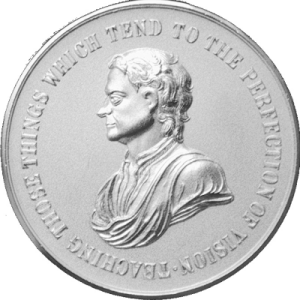The colour group awards three Honour Awards;The Newton Medal, The Turner Medal and The Palmer Lecture.
Lists of past recipients can be found by clicking on the images below.
The Newton Medal and Turner Medal are awarded in alternate years, whilst the Palmer Lecture is yearly.
For a note on the history of the medals see here.



